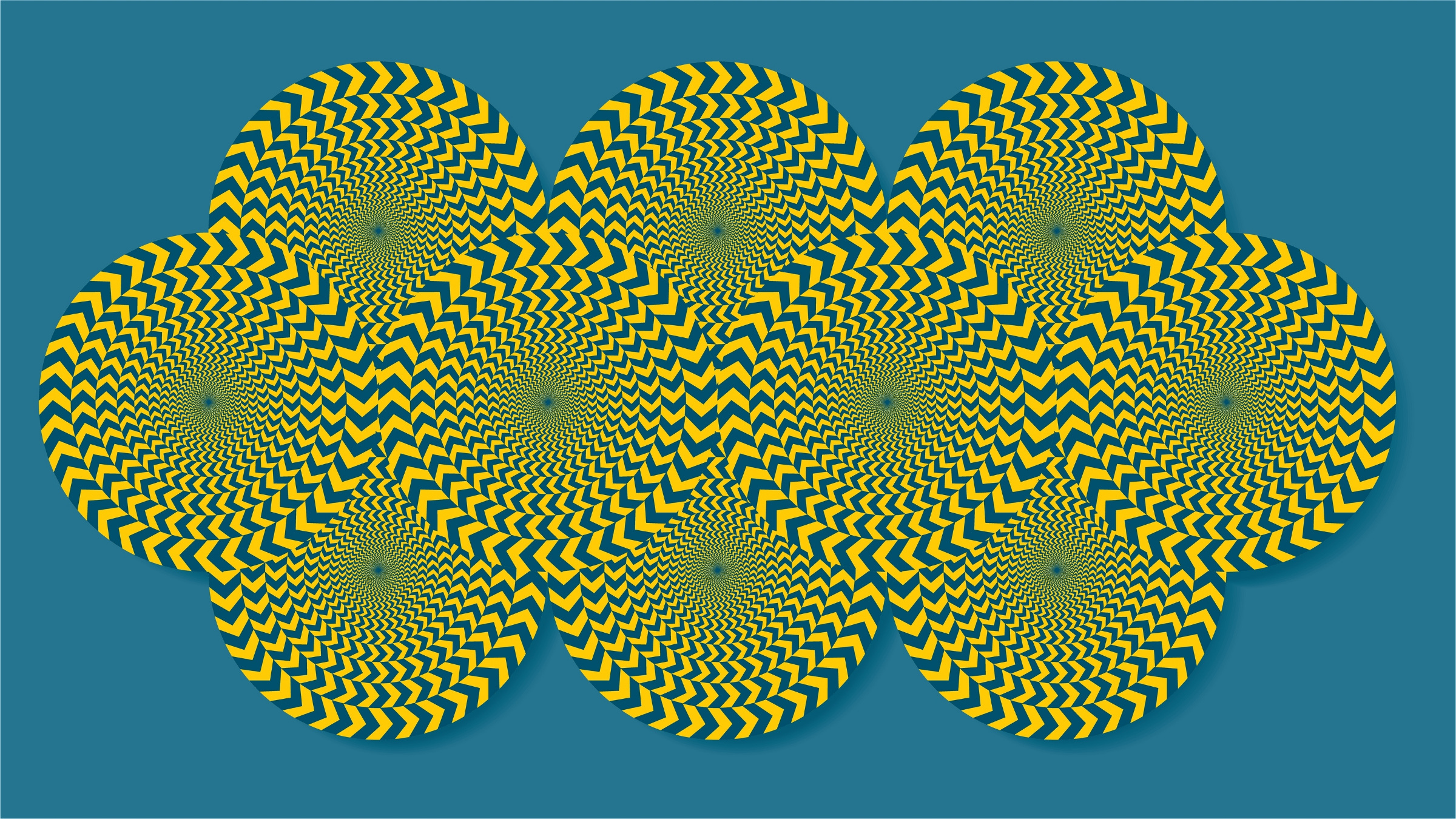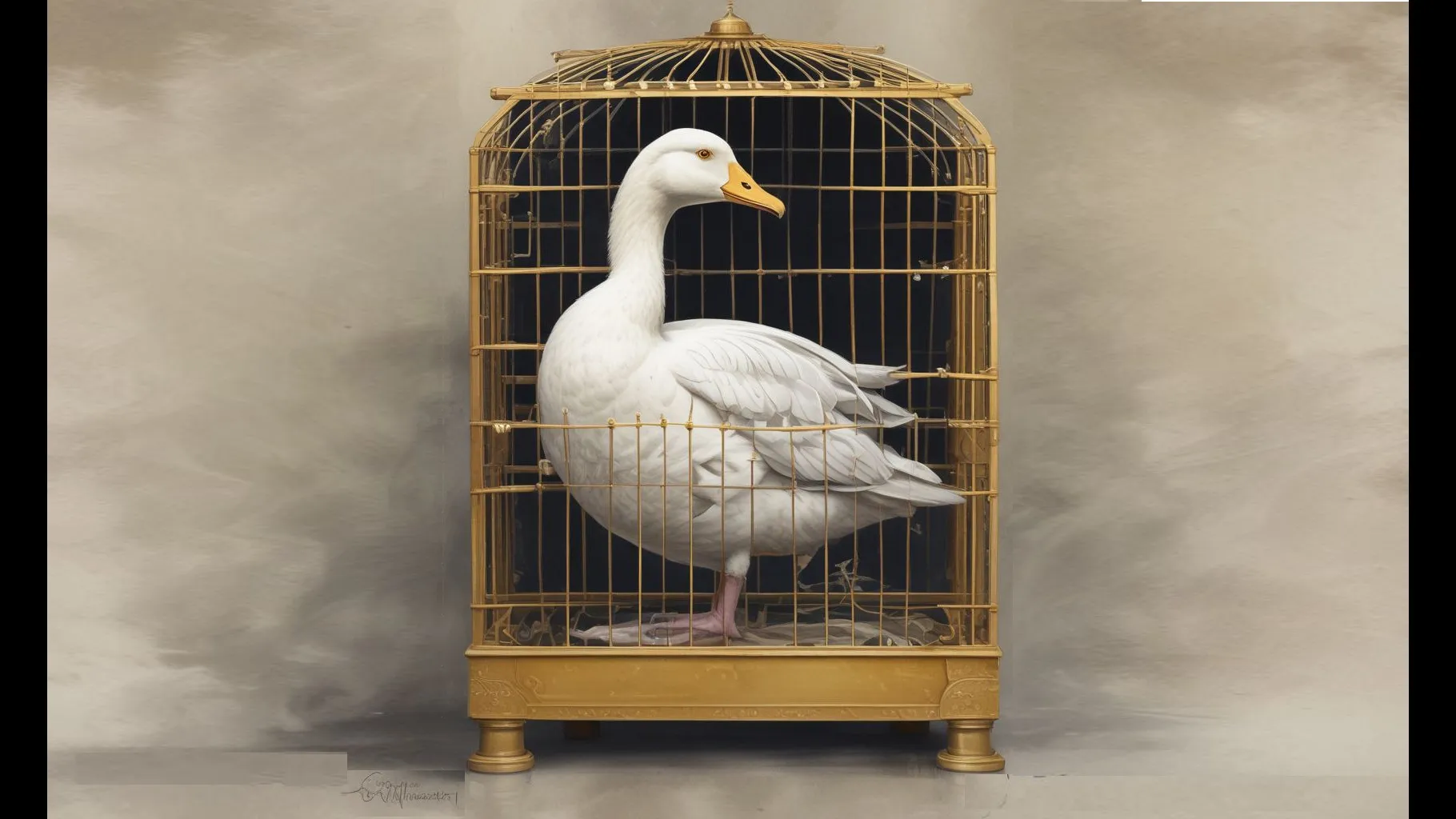The geometric structure inherent in the definition of the shapes of three-dimensional objects and environments is used not just to define their relative motion and placement, but also to assist in solving many other problems of systems for producing pictures by computer. By using an extension of traditional structure information, or a geometric hierarchy, five significant improvements to current techniques are possible. First, the range of complexity of an environment is greatly increased while the visible complexity of any given scene is kept within a fixed upper limit. Second, a meaningful way is provided to vary the amount of detail presented in a scene. Third, “clipping” becomes a very fast logarithmic search for the resolvable parts of the environment within the field of view. Fourth, frame to frame coherence and clipping define a graphical “working set,” or fraction of the total structure that should be present in primary store for immediate access by the visible surface algorithm. Finally, the geometric structure suggests a recursive descent, visible surface algorithm in which the computation time potentially grows linearly with the visible complexity of the scene.
The Latest from CACM
Shape the Future of Computing
ACM encourages its members to take a direct hand in shaping the future of the association. There are more ways than ever to get involved.
Get InvolvedCommunications of the ACM (CACM) is now a fully Open Access publication.
By opening CACM to the world, we hope to increase engagement among the broader computer science community and encourage non-members to discover the rich resources ACM has to offer.
Learn More


Join the Discussion (0)
Become a Member or Sign In to Post a Comment